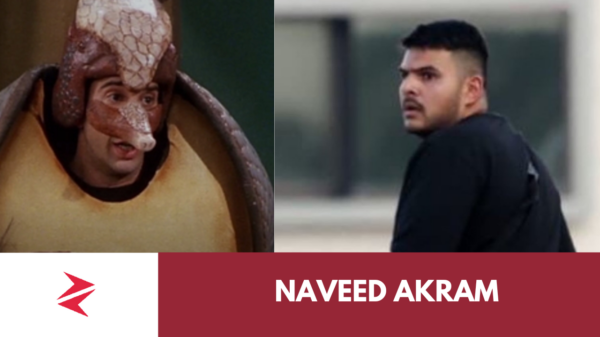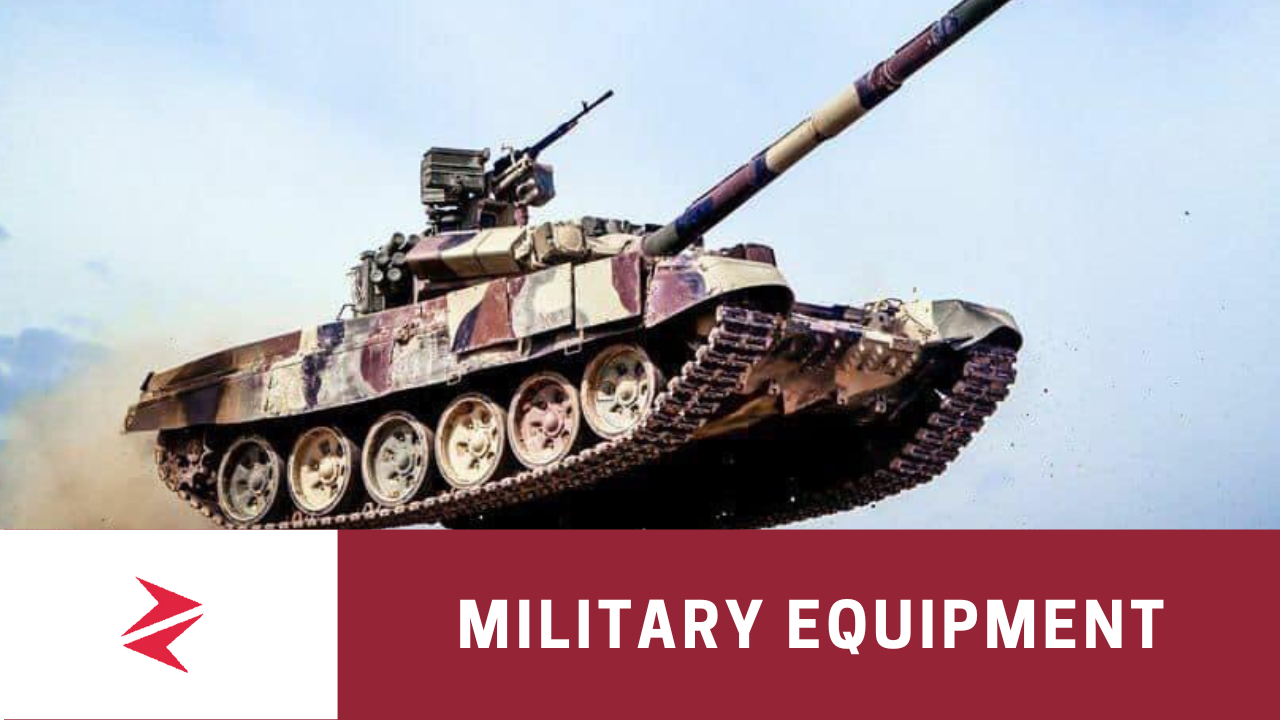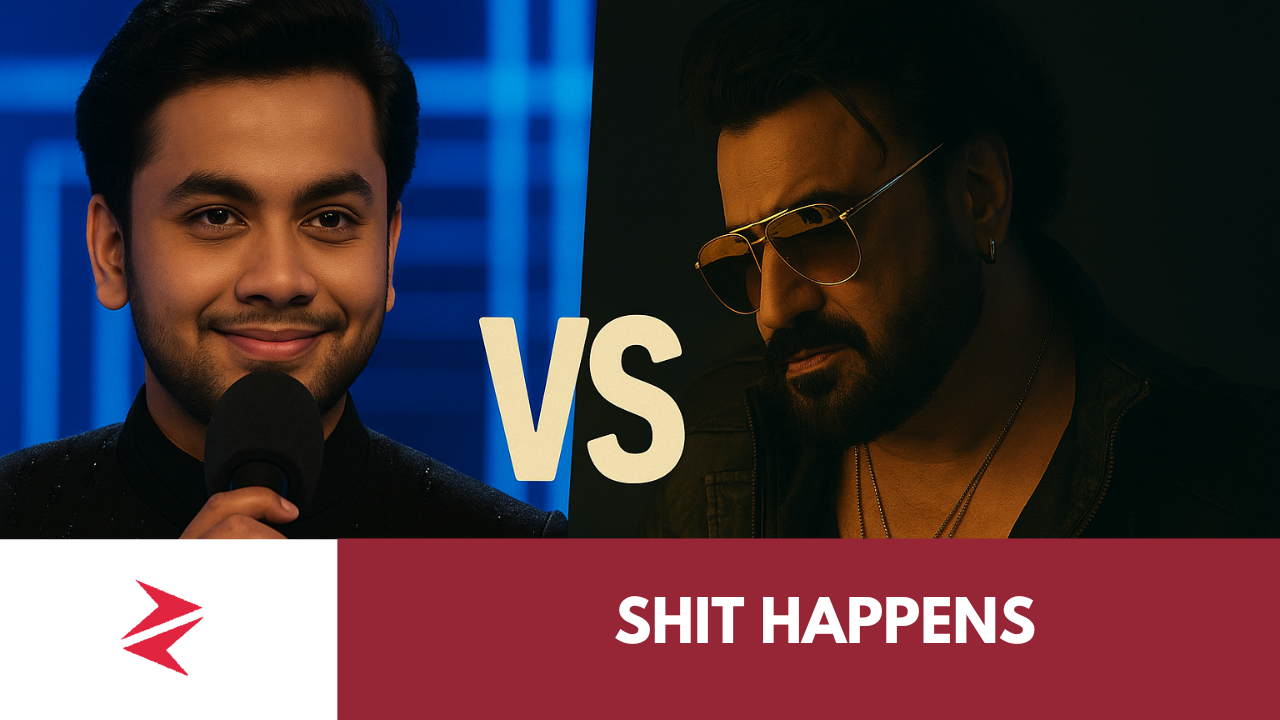Read: Pakistan Air Defence Capabilities

ISTAR EO/IR sensor turrets act as a UCAV’s eyesight: it observes area(s), converts the observed data into intelligence, loiters on target(s) for surveillance to confirm, lock, and track, and finally provides designation for guided missiles.
ISTAR (Intelligence, Surveillance, Target Acquisition, and Reconnaissance) EO/IR sensor turrets and their crucial role in Unmanned Combat Aerial Vehicles (UCAVs). These sensor turrets serve as the “eyes” of the UCAV, performing several critical functions:
- Observation and Data Collection: The EO/IR sensor turret observes specific areas and collects visual and infrared data, providing a comprehensive view of the surroundings.
- Data Processing and Intelligence: The collected data is processed to extract actionable intelligence. This can include identifying targets, assessing their significance, and tracking their movements.
- Loitering and Surveillance: The UCAV can loiter over a specific target or area, providing continuous surveillance. This allows for confirmation of potential targets and tracking of their activities over time.
- Target Confirmation, Lock, and Track: The sensor turret can confirm the identity and status of targets, establish locks for accurate tracking, and maintain focus on them, ensuring precise and reliable information.
- Target Designation for Guided Missiles: Once a target is confirmed and tracked, the UCAV’s sensor turret can designate it, providing the necessary information for guided missiles to be launched and accurately strike the target.
This comprehensive suite of capabilities makes ISTAR EO/IR sensor turrets integral components in modern UCAV systems, enabling them to perform a wide range of missions, including reconnaissance, surveillance, and targeted strikes with high precision.
































